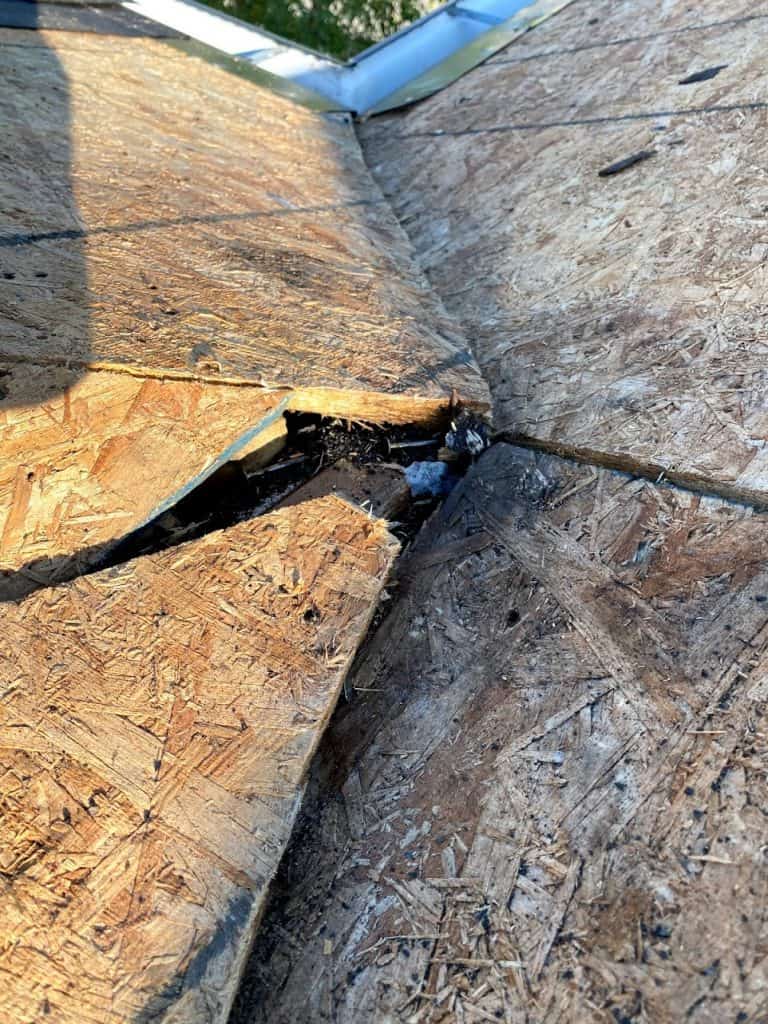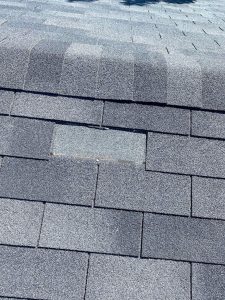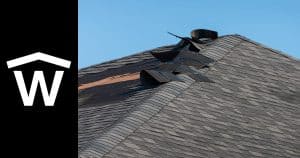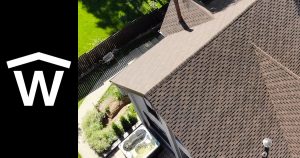Hey there, Calgary homeowners! Whether you’re stepping into your first home or you’ve got the keys to a few, dealing with roof leaks is like that old annoying friend who shows up uninvited at the worst times. And let’s be honest, leaks are a pain for everyone—commercial or residential, they don’t discriminate. But hey, we all know the drill: leaks suck, but they gotta be dealt with.
Now, I’ve seen all sorts of quick fixes in my day. You got folks out there slapping on some Flex Seal like it’s going out of style. Sure, it might stop a leak for a short spell, but it ain’t the permanent fix you really need. It’s like putting a band-aid on a hose that’s sprung a leak. Maybe it holds up for a little while, but it doesn’t really tackle the problem at its root. And don’t get me started on some of the wild stuff I’ve seen online—folks attaching boots or buckets right over the hole! You gotta see it to believe it.
So, let’s get down to brass tacks and share some roofing wisdom. We’re gonna go over the nitty-gritty of why these pesky leaks happen, how you can spot ’em, and the right way to fix ’em up good. And because we’re in Calgary, where our weather dances more than a Stampede line-up, we’ll chat about how our crazy Chinooks and those frosty cold snaps really test our rooftops.
Alright, let’s roll up our sleeves and dig into what causes these roof leaks, and how you can start fighting back against the drip.

Common Causes of Roof Leaks
- Age and Weather Wear and Tear: Time and nature do a number on our roofs. Materials wear down, especially with the wild weather swings in Calgary. Think about it—hot Chinook winds right before a deep freeze? That’s a recipe for materials to expand and contract, eventually leading to cracks and leaks.
- Improper Installation: This one gets my goat—nothing irks a seasoned roofer more than a job done wrong from the start. If your roof wasn’t installed right, it’s like building your house on sand. Sooner or later, you’re going to see problems like leaks popping up, especially when they’re hit with our fierce winds and heavy snows.
- Skylights: Letting in More Than Just Light: Skylights can transform a room, flooding it with natural light and offering a view of the sky above. However, if not properly installed and maintained, they can also let in unwanted elements—like water. The seal around a skylight is critical; it must be perfectly aligned and intact to prevent leaks. Over time, exposure to the elements can cause the sealing materials to deteriorate, creating opportunities for water to seep through. Regular inspections are key to ensuring the integrity of skylight installations, keeping the beauty of the sky view intact without the drip.
- Flashing Failures: Flashing is like the sealant between your roof’s different parts—around the chimney, the vents, and the valleys. When it cracks or gets loose, water finds a way in, no matter how small the gap. And once water starts trickling through, it’s only a matter of time before you notice the damage inside.
- Ice Dams and Snow Accumulation: Here in Calgary, our winters can be brutal, and ice dams are a common sight. These icy build-ups block proper drainage and force water to back up under your shingles, leading to leaks. Keeping an eye on your roof during those long winter months is crucial. For more detailed strategies on preventing ice dams, including the use of heat cables, check out our comprehensive guide on whether you should use heat cables on your roof.
- Clogged Gutters: Gutters clogged with leaves, twigs, or even the odd tennis ball can cause water to pool and overflow, which eventually finds its way under your roof. Regular cleaning, especially after a heavy storm or as the leaves fall in autumn, can save you a whole lot of headache later.
How to Spot Roof Leaks Early
Spotting a roof leak before it becomes a major issue is key to maintaining a healthy home. Here’s a quick guide to help you catch those leaks early:
- Water Stains: Keep your eyes peeled for those telltale dark spots or trails on your ceilings or walls. These stains usually mean water is making a getaway somewhere it shouldn’t.
- Visible Damage on Roof: Take a walk around your house regularly, especially after a big storm. Look for missing shingles, damaged flashing, or other signs of wear that could let water sneak in.
We’ve just scratched the surface here. For a more detailed look at early signs of a leaky roof, head over to our full post on the subject.
Learn more about identifying early signs of a leaky roof.
DIY vs. Professional Roof Leak Solutions
Temporary Fixes: If you’re handy and the leak is small, you might feel confident applying a temporary patch to keep the water out until you can get a professional repair. Using roofing tar or a piece of shingle can help you manage the situation temporarily. However, if this already sounds overwhelming, or if you’re unsure about your ability to handle even a temporary fix safely, it’s best to step back and call in the experts.
While DIY solutions can work as a stopgap, they are not substitutes for professional repairs. A temporary fix might save the day now, but without the expertise of a professional, small problems can quickly escalate, potentially leading to more significant damage and higher repair costs. Remember, the value of your home and the costs of getting it wrong are too high to leave to chance.
Here are a few things you could consider if you’re comfortable and safe getting up on your roof: Temporary Fixes For a Leaking Roof.
Ultimately, ensuring a lasting solution and protecting your home’s value requires professional assessment and repair. Even if you manage a successful temporary fix, make it a point to contact a professional roofing contractor like Whalley’s Four Seasons Roofing to thoroughly inspect and permanently resolve the issue. We’re here to help make sure your quick fix doesn’t turn into a long-term problem.
Understanding Roof Repair Costs for a Leaky Roof
Managing the cost of roof repairs is crucial for every homeowner. Whether you decide to handle it yourself or call in the experts, understanding what you might be in for financially can make all the difference in how you approach roof leaks.
Roof repair costs can vary widely, depending on the extent of the damage and the materials required. To help you get a better grasp of what roof repairs might cost you here in Canada, take a look at this informative article: Understanding Roof Repair Costs in Canada.
This knowledge can help you budget properly for both immediate repairs and long-term maintenance, ensuring that your roof keeps protecting your home without unexpected financial strain.
By comparing the costs and benefits of DIY versus professional repairs, you can make an informed decision that aligns with both your budget and your home’s needs. We always recommend getting it professionally done as it gives you piece of mind it was done right and will last.

The Tricky Leaks: When Roof Leaks Get Complicated
Sometimes, despite your best efforts, some leaks can be stubborn. This might be due to complex roof designs, or maybe the original roofing wasn’t done considering Calgary’s unique weather patterns. In these cases, leaks might need more specialized solutions or a complete rethink of your water management strategy.
In these situations, it’s not just about patching up; it’s about understanding how water flows over and through your roof structure. A professional roofer can assess these issues and suggest modifications that might include improving drainage or even redesigning certain aspects of your roof to prevent future problems.
Trust Whalley’s for Your Roof Leak Repairs
Sometimes, despite your best efforts, some leaks can be stubborn. This might be due to complex roof designs, or maybe the original roofing wasn’t done considering Calgary’s unique weather patterns. In these cases, leaks might need more specialized solutions or a complete rethink of your water management strategy.
In these situations, it’s not just about patching up; it’s about understanding how water flows over and through your roof structure. A professional roofer can assess these issues and suggest modifications that might include improving drainage or even redesigning certain aspects of your roof to prevent future problems.


